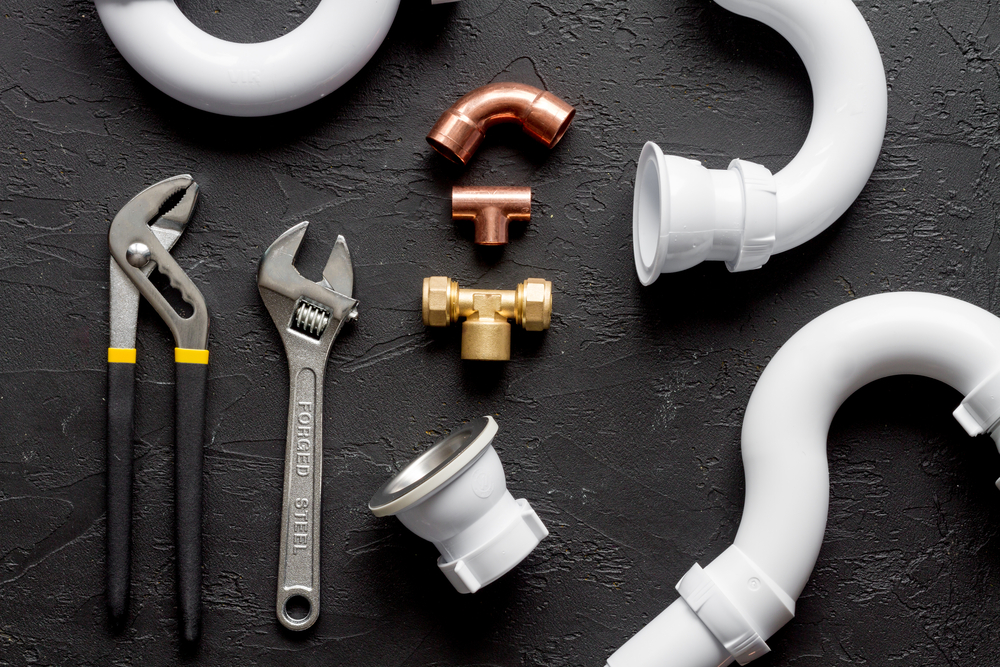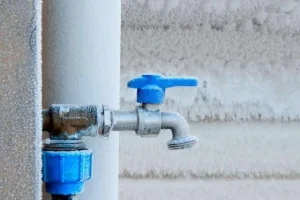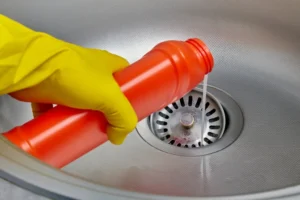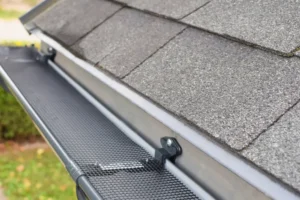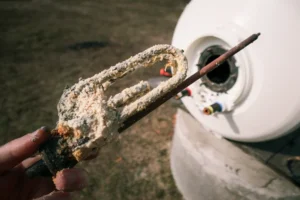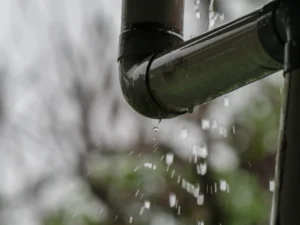Spring is that refreshing time of year when we roll up our sleeves for some serious home maintenance. While many of us dive into tasks like spring cleaning, landscaping, decluttering, and home renovations, it’s easy to overlook an essential aspect – the plumbing system. Neglecting plumbing maintenance can lead to costly emergencies, leaving you scrambling for a plumber at inconvenient times.
In this guide, we’ll walk you through five simple plumbing tasks to add to your spring cleaning checklist. These tasks may not be as glamorous as planting flowers or organizing closets, but they’ll keep your plumbing running smoothly and help you avoid those frantic calls to plumbers in the wee hours.
Let’s ensure your spring cleaning covers all the bases, including the pipes and faucets that keep your home running like a well-oiled machine.
Your Spring Cleaning Checklist: Ensuring Your Home’s Plumbing Is in Top Shape
Every homeowner knows the importance of keeping their home in good condition, and that includes taking care of your plumbing. Here’s a simple checklist to ensure your plumbing is in top shape this spring:
- Check faucets for leaks
Leaky faucets are not only annoying but can also lead to a significant waste of water and increased water bills. Look closely for any signs of dripping or moisture around the faucet handles, spout, or base.
Sometimes leaks can be subtle, so be thorough in your inspection. If you notice any leaks, it’s essential to address them promptly to prevent further water loss and potential damage to your fixtures.
- Inspect supply hoses to appliances
The hoses that supply water to your appliances, such as dishwashers and washing machines, are prone to wear and tear over time. Check these hoses regularly for any signs of damage, such as cracks or bulges, and ensure they are securely connected. This simple step can help prevent costly water damage from unexpected leaks.
Additionally, don’t forget about gas appliances – if you use gas cylinders, inspect the hoses for any leaks or damage, and seek assistance from a qualified professional if needed.
- Clean out the drains
Over time, debris like soap scum, hair, and food particles can accumulate in your drains, leading to slow drainage or complete blockages. Use a drain snake or a mixture of baking soda and vinegar to remove any buildup and keep your drains flowing smoothly. Regular maintenance can help prevent clogs and the need for costly plumbing repairs down the road.
- Clean the faucet and shower heads
Mineral deposits and sediment can accumulate in your faucet aerators and shower heads, affecting water pressure and flow. Remove these deposits by soaking the fixtures in a solution of vinegar and water or using a commercial descaling product.
Cleaning your fixtures regularly will help maintain optimal water flow and improve the overall efficiency of your plumbing system.
- Clean gutters and downspouts
Clogged gutters and downspouts can lead to water overflow, causing damage to your roof, siding, and foundation. Remove any leaves, twigs, or other debris from your gutters and downspouts regularly, especially after storms or during the fall when leaves are abundant.
Ensure that water can flow freely away from your home to prevent water damage and potential flooding in your basement.
- Check your sump pump
Your sump pump is your last line of defense against basement flooding during heavy rains or snowmelt. Test your sump pump by pouring water into the sump pit and ensuring that it activates and pumps the water out efficiently.
Listen for any unusual noises, such as grinding or clicking, which may indicate a malfunctioning pump that needs to be repaired or replaced.
- Inspect Toilet for Leaks and Functionality
Check your toilet for any signs of leaks around the base, supply line, or tank. A leaking toilet can waste a significant amount of water and may indicate a faulty seal or valve that needs replacement.
Additionally, test the flushing mechanism to ensure it’s working correctly. If you notice any issues, such as weak flushing or constantly running water, it’s best to address them promptly to prevent water waste and potential damage to your toilet.
- Check for Water Heater Leaks and Sediment Buildup
Inspect your water heater for any signs of leaks or corrosion on the tank and connections. Additionally, flush the tank to remove sediment buildup, which can reduce the efficiency of your water heater and shorten its lifespan. Flushing the tank annually can help maintain optimal performance and energy efficiency, saving you money on your utility bills.
- Inspect Outdoor Faucets and Sprinkler Systems
With warmer weather approaching, it’s essential to inspect outdoor faucets and sprinkler systems for any signs of damage or leaks. Check for cracks in hoses, loose connections, or damaged sprinkler heads.
Addressing these issues early can prevent water waste and ensure your outdoor water sources are ready for use during the spring and summer months.
By incorporating these tasks into your spring cleaning routine, you can ensure that your home’s plumbing system remains in top condition throughout the year.
Regular maintenance and timely repairs will not only save you money in the long run but also help prevent unexpected plumbing emergencies. If you’re ever unsure about how to address a plumbing issue or need professional assistance, don’t hesitate to contact a licensed plumber for guidance.
Conclusion
Ensuring you complete these simple tasks as part of your spring cleaning routine can go a long way in preventing major plumbing headaches down the line. But remember, even with the best maintenance, plumbing issues can still arise unexpectedly. That’s where professional plumbers like us at Rite Plumbing come in. With our 24/7 service, you can count on us to handle any plumbing problem, big or small.
Our team specializes in tackling major plumbing issues, including gas leaks, with efficiency and expertise. Don’t hesitate to reach out to us today to learn more about our services and how we can keep your plumbing running smoothly year-round!
